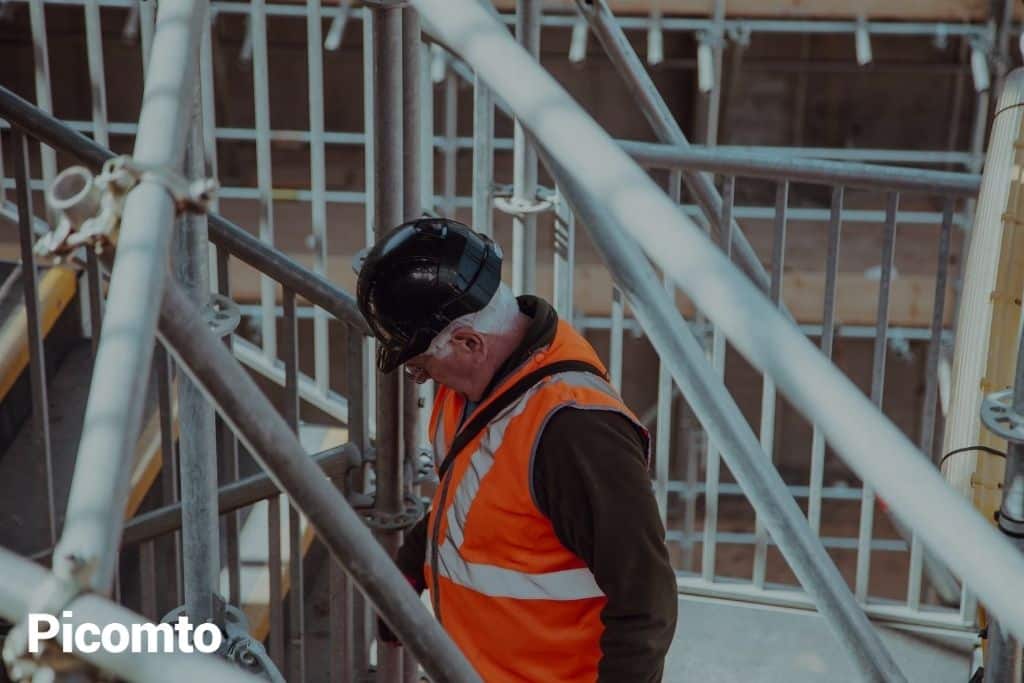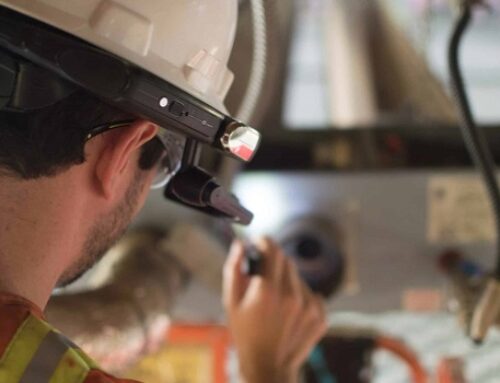
Recruitment is one of the major issues facing industry players. But even when the right people are hired and this crucial step is successfully completed, the trick is still far from being done. It will then be a matter of successfully integrating and training newcomers. It will then be necessary to ensure the development of skills and the continuous improvement of their knowledge. The objective is to ensure that these people feel perfectly integrated and part of the company’s project as to allow the company to have an ever more efficient team.
What are the means that companies can implement for making sure the hot training of their operators is the most effective possible? Among the ways to achieve this, we are interested in the use of modern training materials and the use of methods adapted to real requirements.
Take advantage of multimedia training materials
It has been many years since fixed and mobile computer terminals have been installed in factories. Multimedia supports have been constantly modernized and diversified, becoming essential tools in all departments of companies.
Digital platforms provide valuable training services, particularly training, which is the first step for operators in their new jobs.
Digital technology is omnipresent from the outset; learning operators are presented with digital work instructions to familiarize themselves with them in a didactic and fast way. Reducing training time is one of the benefits sought by organizations for at least two reasons: to reduce the costs inherent in training and to make newcomers perform well within a reasonable time frame.
In particular, multimedia supports make it possible to present simulations to operators, who can thus visualize real situations more easily and integrate the best practices corresponding to them.
Finally, there are various methods for effectively raising awareness among novice employees on the risks of occupational accidents during their training. One example is Synergie Accueil, a tool developed by INRS and consisting, among other things, of illustrated sheets showing work environments with high-risk situations. The document is proposed for three sectors of activity: industrial maintenance, construction and logistics.
Stick as much as possible to the reality on the ground
The second lever for improving the training of employees is the implementation of methods and structures that are adapted to the reality on the ground.
This requires the use of people (trainers and training centres) who are perfectly familiar with the requirements specific to each type of industrial activity. It is undeniable that the apprenticeship that students receive in technical and technological education institutions is not sufficient to give them a real mastery of the trades. The aim is to prepare them for real life in their future working environment, as close as possible to the equipment and production lines.
Some large companies do not hesitate to create their own training centres, as the German industrial automation giant Festo has done, for example. Through its subsidiary Festo Didactic, it organizes training programs, seminars and consulting services for small groups. This is an interesting approach that also offers the possibility of offering such services to other companies.
Picomto is the web and mobile solution for creating, exploiting and analysing work instructions in a visual, digital and connected way. Feel free to contact us to find out how we can help you improve the training of your newcomers.




Leave A Comment